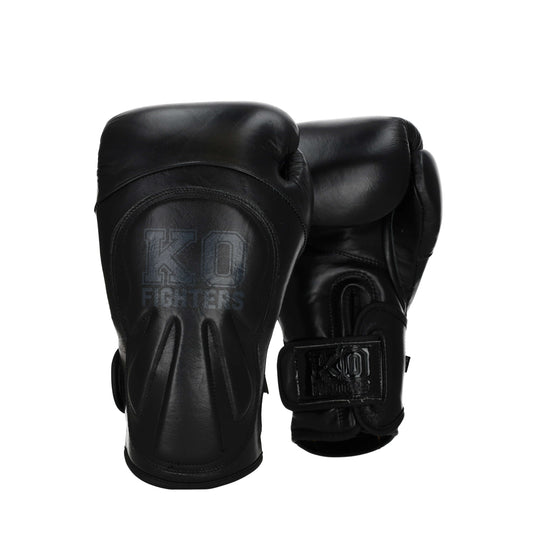What is the difference between boxing and kickboxing?
Share
Boxing and kickboxing are two popular martial arts practiced worldwide. Although they may seem similar at first glance, there are fundamental differences between the two. In this blog, we explore the main differences between boxing and kickboxing, so you can gain a better understanding of each sport and determine which one suits you best.
The Basics of Boxing
Boxing is a martial art where only the hands are allowed to strike. The goal is to hit the opponent and score points through effective punches, while simultaneously trying to avoid being hit yourself. Boxing has a long history and is known for its strict rules and technical finesse.
Key Features of Boxing:
- Punches: Boxing uses different types of punches, such as the jab, cross, hook, and uppercut.
- Footwork: Quick and agile foot movements are crucial in boxing for both attacking and defending.
- Defense: In boxing, there are various defensive strategies, such as blocking punches, using the shoulder, and dodging attacks.
- Rules: Boxing has strict rules about where you can strike (only above the belt) and what is considered an illegal technique.
The Basics of Kickboxing
Kickboxing is a martial art that combines elements of both boxing and karate. The biggest difference with boxing is that in kickboxing both hands and legs are allowed to strike and kick. This makes kickboxing a versatile and dynamic sport that requires various techniques and skills.
Key Features of Kickboxing:
- Punches and Kicks: In addition to the punches used in boxing, kickboxing also includes kicks, knee, and elbow techniques.
- Footwork: Just like in boxing, footwork is important, but it also needs to be adapted to execute and evade kicks.
- Defense: Kickboxing requires a broader range of defensive strategies due to the combination of punches and kicks.
- Rules: The rules can vary depending on the style (for example Muay Thai, K1), but generally you are allowed to kick and punch above the belt and sometimes also to the legs (low kicks).
Physical and Mental Benefits
Both boxing and kickboxing offer significant physical and mental benefits, but there are some differences in focus and intensity.
Physical Benefits:
- Boxing: Mainly improves upper body muscles, cardiovascular endurance, and hand-eye coordination.
- Kickboxing: Offers a full-body workout by using both arms and legs, improving flexibility, balance, and overall strength.
Mental Benefits:
- Boxing: Enhances concentration and strategic thinking, as the focus is on timing and precision.
- Kickboxing: Improves reaction time and adaptability through the variety of attacks and defenses.
Training and Competition
Training and competition in boxing and kickboxing differ significantly due to the techniques and rules used in each sport.
Training:
- Boxing: Training focuses on punching techniques, shadowboxing, bag training, and sparring. Much emphasis is placed on speed, power, and endurance.
- Kickboxing: Training includes both punches and kicks, as well as combinations of both. In addition to bag training and sparring, a lot of attention is paid to flexibility and technique for the legs.
Competition:
- Boxing: Matches consist of a fixed number of rounds, with the boxer having the most points or a knockout winning.
- Kickboxing: Competitions vary greatly in style and rules, but usually also include rounds and points, with the possibility of a knockout by both punches and kicks.
Conclusion
Although boxing and kickboxing may seem very similar at first glance, there are fundamental differences that make each sport unique. Boxing focuses on the technique and precision of punches, while kickboxing requires a broader set of skills, including kicks and knee and elbow techniques. Both sports offer significant physical and mental benefits, but the choice between the two depends on your personal preferences and goals.
At KO Fighters we offer high-quality equipment for both boxing and kickboxing. Whether you are a beginner or an experienced fighter, we have everything you need to take your training to the next level.




